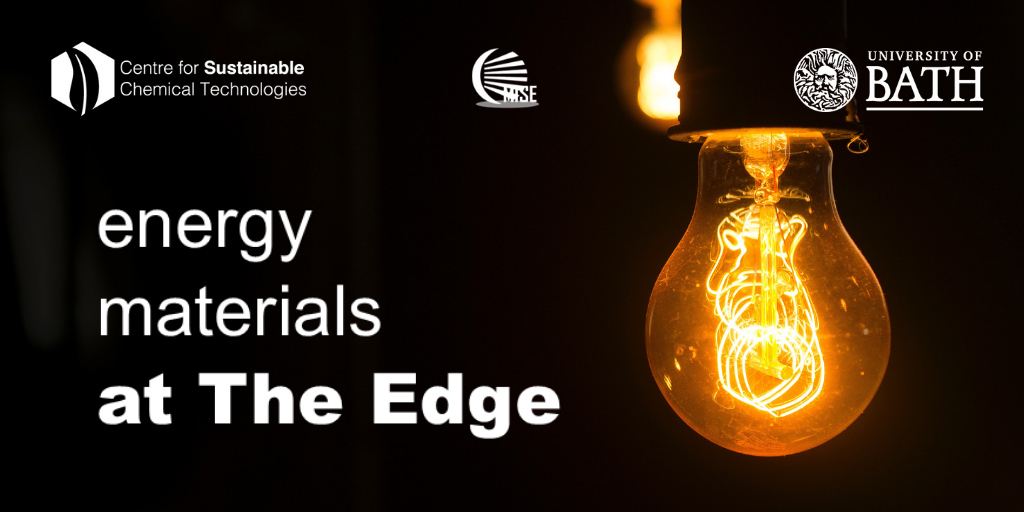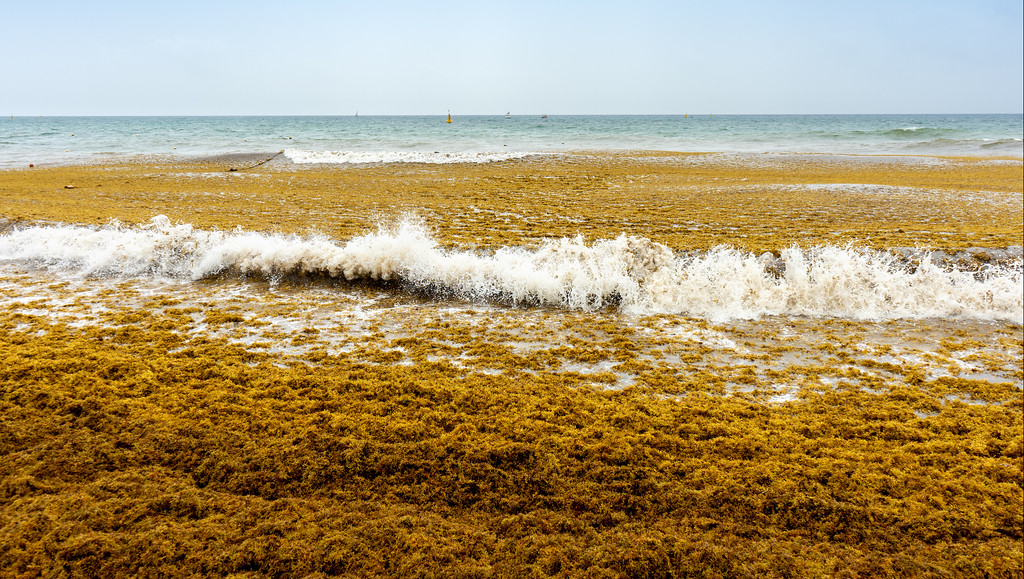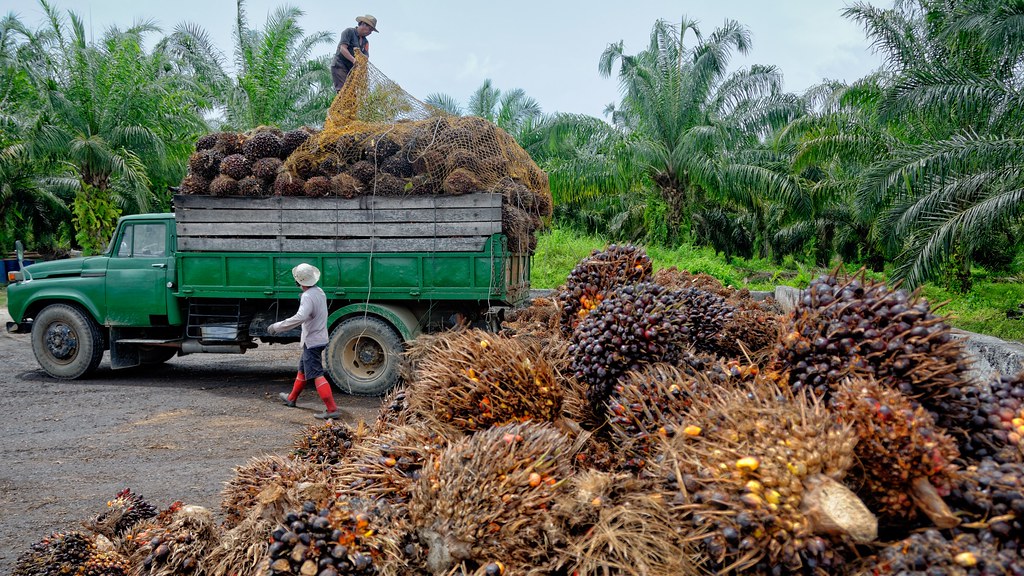
Successful running of energy materials event highlights interdisciplinarity potential
On 29 October 2019, over 50 people from various disciplines in industry and academia gathered at the University of Bath to attend ‘Energy Materials at The Edge’, a one-day symposium exploring cutting-edge research on material interfaces for energy applications.
Organised by the Centre for Sustainable and Circular Technologies (CSCT) and the Advanced Energy Materials Network – Multiscale Tuning of Interfaces and Surfaces for Energy Application (MISE), the event brought together academics, students and industry professionals, who attended various talks from computational and experimental researchers in the field of energy materials.
Interfaces, also known as edges, occur when two different phases meet and have a large influence on the overall system characteristics and behaviour. Performance of materials for sustainable energy, such as solar cells, fuel cells, batteries and thermoelectric devices, can be driven by the complex interfaces that they present.
Throughout the day, a wide range of applications and challenges in the field of energy materials were covered, including those surrounding hydrogen production, carbon capture and solar cells. Despite the breadth of topics and methods covered in the various talks and poster presentations, the theme of interdisciplinary, multiscale research was all-pervasive. All topics were approached from both an experimental and computational perspective, which highlighted opportunities for interdisciplinary collaboration to help tackling some of these issues.
Professor Roger De Souza, from RWTH Aachen University, delivered an interesting talk on why experimental and computational approaches to studying ion migration in perovskite materials may provide conflicting data. Other keynote speakers included Professor David Scanlon (University College London), Dr Petra Cameron (University of Bath), Professor Stephen Skinner (Imperial College London) and Dr Julia Payne (University of St Andrews).
The Q&A section at the end of the talks sparked interesting discussions, which carried on to the poster and networking sessions that closed the day.







